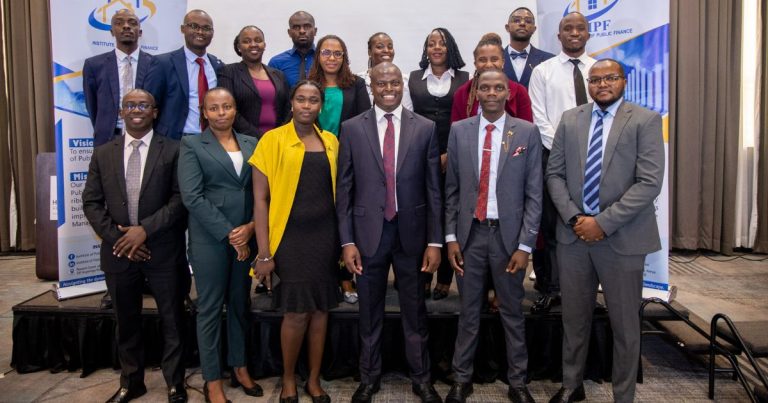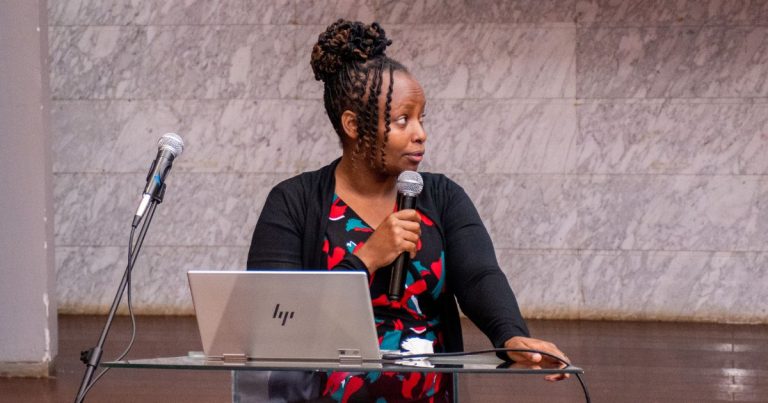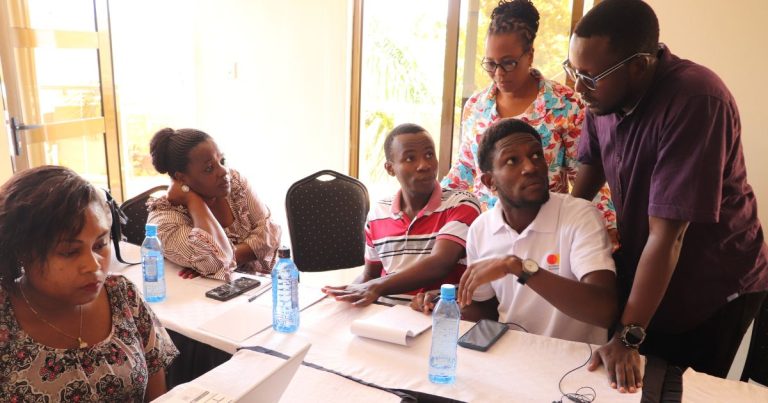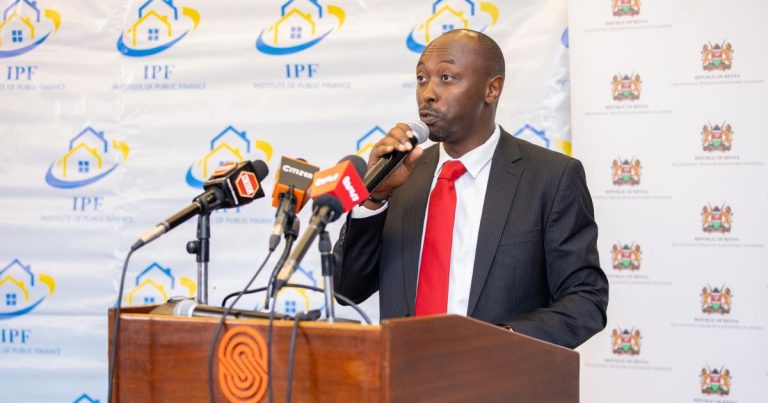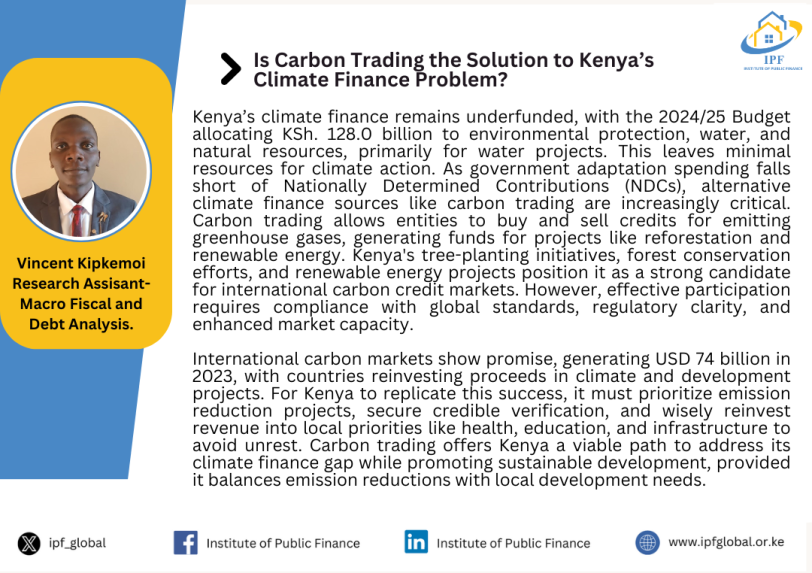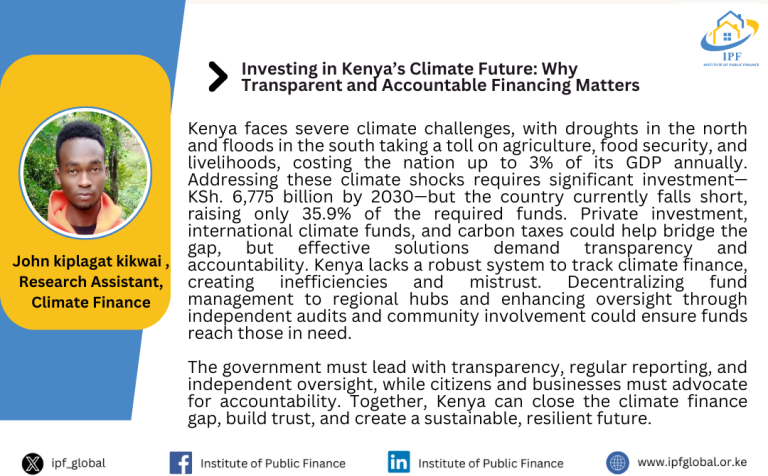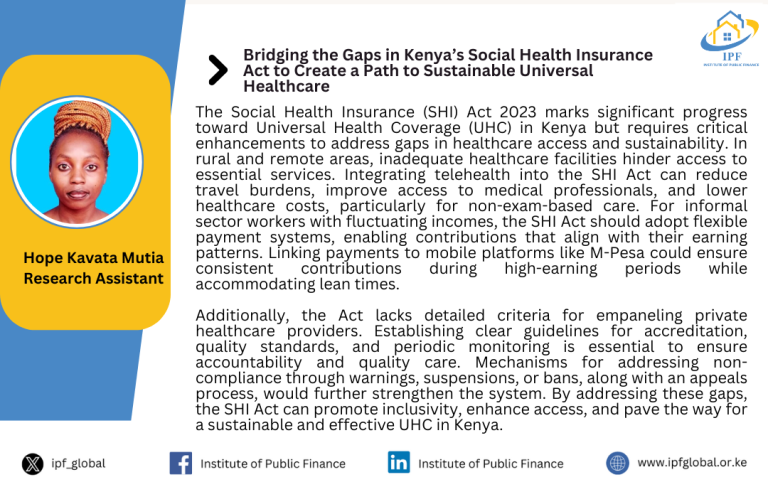Every August of each year, and as required by section 36 of the Public Finance Management Act 2012, the Cabinet Secretary for National Treasury issues guidelines to ministries, departments, national government agencies, constitutional commissions and independent offices, parliament and judiciary on how the budget for the coming financial year will be prepared.
The budget guidance by the Cabinet Secretary means that the allocation of funds and justifying why we are allocating the funds commences in earnest with sector working groups being activated to provide reports of past years spending and projections for the coming financial year and in the medium term. Working groups reports at the National level, guide the National Treasury decisions on allocation of resources by February of each year when the budget policy statement is presented to parliament with limits on how much resources should be allocated to each sector. In Kenya there are ten sector working groups organized within the context of the UN-classification of the functions of government (COFOG) and which range from Health, Education, Governance, Justice, law and Order (GJLO), Social Protection, Culture and Recreation, Agriculture, Rural and Urban Development (ARUD) among others. Further, the specific state departments are then clustered in their respective sector working groups.
Considering how our National level budget is known to be buttressed with unnecessary plans and costs, that lead to wastage and leakages, the sector working group level is where Kenyans need to be worried about very much. This is the point where large infrastructure projects are conceived, resources prioritized and allocated. Interestingly, the resource requirements based on budget reports across sectors for past financial years l have seen have not been met both in disbursement and absorption levels. At the sector working group level, this is where conspiracies to fleece the taxpayers occurs and plans are prepared to ensure that the mischief is not detectable. Taken into context this ensure that all projects are well within the planning framework at the onset of the budget process and it is worth remembering that in the recent past among the cases that the Office of the Director of Public Prosecution (ODPP) has taken to court, some of the charges preferred include engaging in a project without prior planning and at the working group level where bidding of resources happen each ministry has to justify their plans and resources they need in order of priority.
According to the budget circular released on 28th August 2019 by the CS National Treasury, the structure and composition of Sector Working groups should comprise of government employees, representative of donor agencies and a representative of the private sector. While this budget circular required the strong involvement of stakeholders, the process of joining or actively participating in the working group is not documented to guide citizen engagement with a sector of their choice and this raises critical questions. These questions include the level of taxpayer involvements in this level of decision making at the sector working group level, whether the private sector is supposed to represent taxpayers’ interest or business interests and whether the government should consider opening further the working groups to a wider audience?
In pursuit of budget transparency, equality and equity in resource allocation and ensuring that we seal corruption loopholes which are well planned during the budget formulation stage, it is high time as a country we opened the sector working groups to a wider group of stakeholders both at the national level and the county level.




